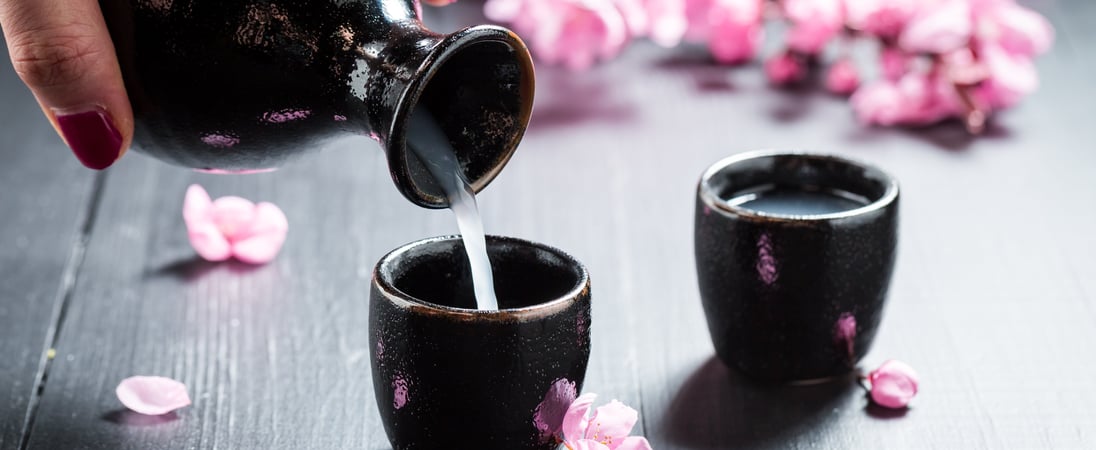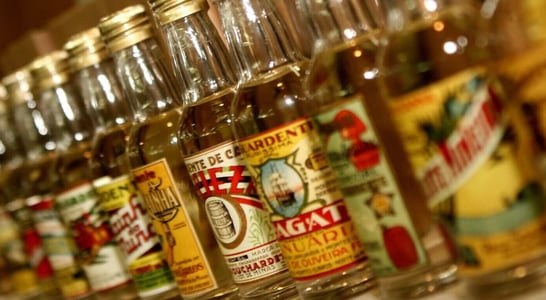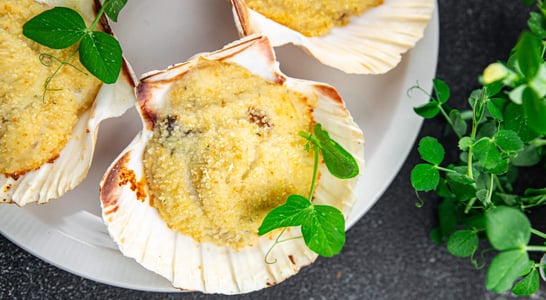
World Sake Day
World Sake Day is a global celebration dedicated to the traditional Japanese rice wine, sake. This event goes beyond merely appreciating a drink; it symbolizes craftsmanship, culture, and connection.
The day unites people from all over the world, whether they are enjoying a casual sip or exploring the complexity of different sake varieties.
Sake holds a deep cultural significance in Japan, often associated with important life moments and rituals. On this day, sake fans celebrate the passion behind the craft and toast to the hands that bring it to life.
The celebration is not just about savoring sake but also about recognizing the effort of everyone involved in its creation, from rice farmers to brewers. It brings people together to appreciate this ancient brew, whether through special tastings at local sake bars or events that highlight new varieties.
More than a simple beverage, sake represents history, artistry, and community. Sake enthusiasts all over the world join in the festivities, proving that this cultural tradition has crossed borders, blending heritage with global appreciation.
How to Celebrate World Sake Day
World Sake Day offers plenty of fun ways to join in the celebration. Whether you’re a longtime sake lover or just curious, here are some lively and enjoyable ideas to make the most of this festive occasion.
Host a Sake Tasting Party
Invite friends over and try different styles of sake. Pick a range from light and fruity to bold and complex. Pour small amounts so everyone can taste, and maybe even pair the drinks with snacks like sushi or cheese.
This turns the day into a flavorful adventure for everyone at the table.
Visit a Local Sake Bar
If you’re not sure where to start with sake, visit a nearby sake bar or Japanese restaurant. Many places offer special menus or tasting flights just for the occasion.
Ask the bartender for recommendations, and you might discover a new favorite brew while supporting local businesses.
Try Your Hand at Cocktails
Not a fan of sipping sake straight? Mix it up! Sake works great in cocktails. Experiment by blending it with citrus fruits, ginger, or even sparkling water.
This allows you to enjoy sake in a completely new way, adding a creative twist to your celebration.
Join a Virtual Sake Tasting
If getting out to a bar or restaurant isn’t an option, look for online sake tastings. Many companies and sake experts host live virtual events where you can learn about sake from the comfort of your home. All you need is a glass of your favorite sake to join in!
Get Crafty with Cooking
Sake isn’t just for drinking—it’s great for cooking too! Try adding it to marinades, sauces, or even desserts.
Using sake in your kitchen adds a subtle depth to your dishes. It’s an easy and fun way to celebrate the day while creating something delicious.
History of World Sake Day
World Sake Day began in 1978, thanks to the Japan Sake and Shochu Makers Association. This organization wanted to honor sake and the people behind it.
The day was chosen to mark the traditional start of the sake brewing season, tying the event to the rhythm of the rice harvest. Before modern brewing schedules, sake production used to begin in early autumn.
The date also connects with the kanji character for sake, which symbolizes liquid in a jar. This character, combined with the 10th sign of the Chinese zodiac, helped influence the timing.
Over time, what began as a local celebration expanded worldwide. Now, sake enthusiasts around the globe join in, raising glasses and appreciating this centuries-old drink.
World Sake Day FAQs
What ancient myth involves sake as a tool for slaying a serpent?
In Japanese mythology, the god Susa-no-O used sake to intoxicate the eight-headed serpent Yamata-no-Orochi. The serpent fell asleep after consuming the sake, allowing Susa-no-O to slay it and save a young maiden.
How did sake brewing transition from religious institutions to commercial enterprises?
Initially, Buddhist temples and Shinto shrines dominated sake production for over 500 years.
During the Meiji Restoration in the late 19th century, the Japanese government permitted private breweries, leading to a surge in commercial sake production.
What is the significance of the kagami biraki ceremony involving sake?
Kagami biraki, meaning “opening the mirror,” is a ceremony where a sake cask is broken open with wooden mallets.
This ritual symbolizes harmony and good fortune and is performed at weddings, sports events, and other celebrations.
How do different countries uniquely celebrate World Sake Day?
In San Francisco, the annual SAKE DAY festival offers over 200 sake varieties for tasting. This event, started in 2005, has become one of the largest sake celebrations outside Japan.
What role does the koji mold play in sake production?
Koji mold is essential in sake brewing; it converts rice starches into fermentable sugars. This process allows yeast to produce alcohol during fermentation, giving sake its unique flavor profile.
Is it true that sake was once chewed and spit out to aid fermentation?
Yes, in ancient times, villagers chewed rice and spat it into communal tubs. Enzymes in their saliva helped ferment the rice, a method no longer used today.
How has sake’s international recognition evolved recently?
In December 2024, UNESCO added traditional Japanese sake brewing to its Intangible Cultural Heritage list. This recognition highlights sake’s cultural significance and aims to preserve its traditional crafting methods.
What is the traditional New Year’s sake custom in Japan?
On New Year’s Day, many Japanese people drink a special sake called toso. Toso is made by soaking medicinal herbs in sake, and even children take a sip to ward off illness and bring good fortune for the year.
How does the rice polishing ratio affect the classification of sake?
The degree of rice polishing determines sake grades. For example, Daiginjo sake requires at least 50% of the rice grain polished away, resulting in a more refined flavor.
What is a common misconception about serving sake?
Many believe sake should always be served warm. However, premium sakes are often best enjoyed chilled to appreciate their delicate flavors and aromas fully.
Also on ...
View all holidaysInternational Coffee Day
Give your business to a local coffee shop, sign up for a coffee subscription, or try making a new kind of coffee at home with an espresso machine of some kind.
National Homemade Cookies Day
Cookies are fun and easy to make, so why not bake a batch to enjoy and share with family and friends on National Homemade Cookies Day!
International Music Day
By this one common thread that has the power to bring all humans, societies and cultures together, International Music Day seeks to gather, connect and promote musicians around the world.
We think you may also like...
International Whisk(e)y Day
Take a sip of the liquid gold that hails from the barrels of fermented grains. It's a complex, warm, and welcoming elixir.








